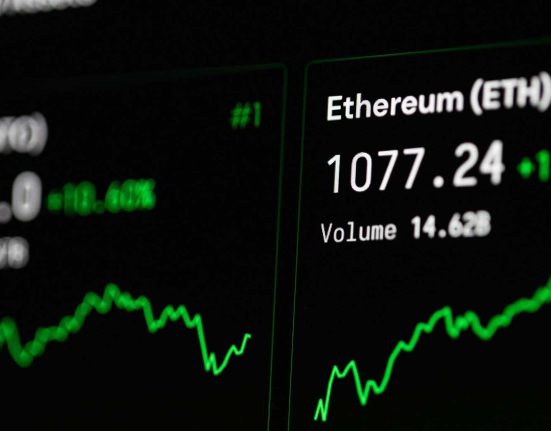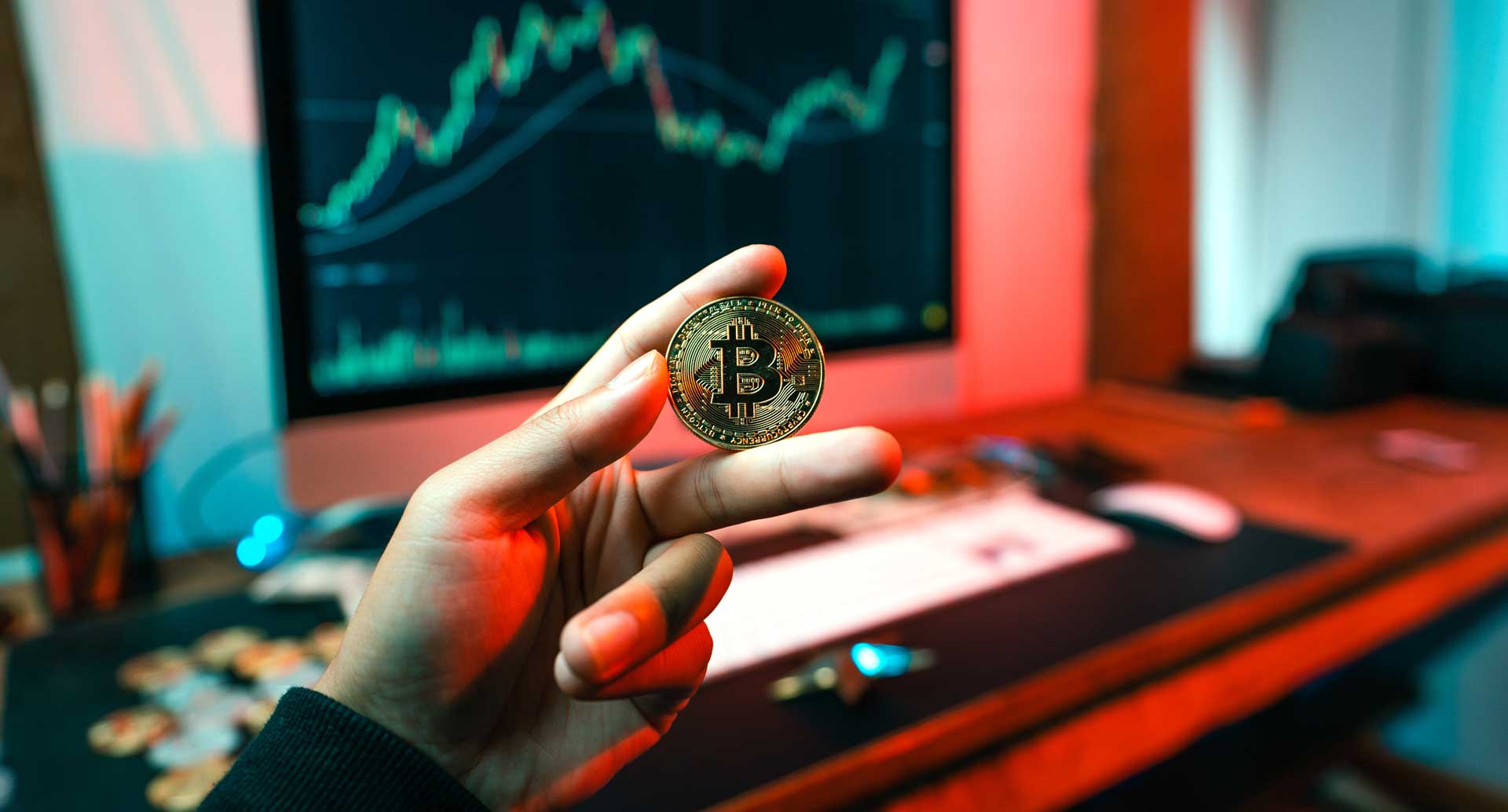Over the past decade, Environmental, Social, and Governance (ESG) investing has evolved from a niche concept to a mainstream investment philosophy. It is now a significant force in global capital markets. ESG assets under management (AUM) are projected to exceed $50 trillion globally by 2025, representing over one-third of total global AUM, according to Bloomberg Intelligence.
From BlackRock’s sustainability mandates to Tesla’s inclusion (and subsequent removal) from ESG indexes, ESG investing has stirred enthusiasm, debate, and skepticism in equal measure.
But the core question remains: Is ESG a genuine long-term investment trend, or is it a branding gimmick dressed in greenwashing?
This article explores ESG’s origins, frameworks, market behavior, criticisms, performance data, and its true role in the future of investing.
Section 1: What Is ESG Investing?
1.1 Definition and Core Principles
ESG investing refers to the integration of Environmental, Social, and Governance factors into financial analysis and investment decision-making.
-
Environmental: Climate change, carbon emissions, renewable energy, pollution, biodiversity.
-
Social: Labor standards, employee diversity, community impact, human rights.
-
Governance: Board diversity, executive compensation, anti-corruption policies, shareholder rights.
The idea is that non-financial factors—when combined with traditional metrics—can provide a more complete risk/return picture.
1.2 Types of ESG Investment Strategies
| Strategy | Description |
|---|---|
| Negative Screening | Excluding sin industries (e.g., tobacco, weapons) |
| Positive Screening | Selecting companies with strong ESG scores |
| ESG Integration | Incorporating ESG into financial analysis |
| Thematic Investing | Focus on clean energy, water, or gender equity |
| Impact Investing | Intention to generate measurable ESG impact |
| Shareholder Activism | Using voting rights to push for ESG changes |
Section 2: Why ESG Gained Momentum
2.1 Changing Investor Preferences
Millennials and Gen Z are increasingly values-driven. According to Morgan Stanley, 85% of individual investors are interested in sustainable investing.
2.2 Regulatory Pressure
Governments and regulators have pushed ESG disclosures:
-
EU’s SFDR (Sustainable Finance Disclosure Regulation)
-
SEC’s proposed climate risk disclosure rules
-
Task Force on Climate-related Financial Disclosures (TCFD)
2.3 Risk Management
Companies with weak ESG practices face:
-
Reputational damage
-
Regulatory fines
-
Operational disruptions
-
Lawsuits (e.g., BP Deepwater Horizon, Volkswagen dieselgate)
2.4 Climate Crisis as Investment Risk
The global transition to net-zero is reshaping energy, transportation, and agriculture—major investment sectors. ESG investing is now seen as aligning with systemic financial stability.
Section 3: Does ESG Investing Deliver Superior Performance?
3.1 Academic and Empirical Findings
| Study/Source | Key Findings |
|---|---|
| NYU Stern + Rockefeller Foundation (2021) | ~60% of studies show positive ESG impact on stock performance. |
| Morningstar (2022) | ESG funds performed in line or slightly better than peers over 10 years. |
| MSCI ESG Leaders Index vs MSCI ACWI | ESG index has comparable or lower volatility with similar returns. |
3.2 ESG Outperformance—When and Why?
-
Lower volatility during downturns: ESG funds often hold high-quality companies.
-
Improved risk-adjusted returns: ESG factors act as proxies for strong management and resilience.
-
Alpha generation: Through ESG momentum or controversies avoidance.
3.3 Counterpoints
-
ESG ≠ guaranteed returns: Not all ESG-compliant firms outperform.
-
Sector bias: Many ESG funds are underweight in energy or mining—creating tracking errors.
Section 4: Criticisms and Controversies—The Case Against ESG
4.1 Greenwashing
Many firms exaggerate or misrepresent their ESG credentials. Example:
-
ExxonMobil in ESG indexes while coal-excluded firms are penalized for governance lapses.
-
Volkswagen had high ESG ratings pre-emissions scandal.
4.2 Lack of Standardization
Different ESG rating agencies (e.g., MSCI, Sustainalytics, S&P) give wildly different scores for the same companies. A company might score high in one and low in another.
| Company | MSCI ESG Score | Sustainalytics ESG Risk |
|---|---|---|
| Tesla | Average | High risk |
| High | Medium risk | |
| Chevron | Medium | High risk |
4.3 Politicization and Backlash
-
In the U.S., ESG investing has become politically polarizing.
-
Some states banned ESG mandates in pension funds, claiming “woke capitalism.”
-
Accusations that ESG undermines fiduciary duty and focuses on non-financial goals.
4.4 Over-diversification and Style Drift
ESG funds often mirror major indexes with slight tweaks, making them nearly indistinguishable from broad-market ETFs.
Section 5: ESG as a Business Opportunity
5.1 Growth of ESG Products
The number of ESG ETFs has exploded. By 2024:
-
Over 900 ESG ETFs worldwide.
-
$2.7 trillion in ESG fund assets.
5.2 Institutional Adoption
-
BlackRock: “Sustainability is the new standard for investing.”
-
Fidelity, State Street, Vanguard: All offer ESG-targeted funds.
5.3 Corporate Strategy Alignment
Companies now issue green bonds, set net-zero targets, and hire Chief Sustainability Officers—not just to appease regulators but to attract long-term capital.
Section 6: ESG in Emerging Markets and Asia
6.1 ESG Demand in Asia-Pacific
-
Rapid ESG uptake in Japan, Singapore, South Korea.
-
ESG investing rising in India and China, driven by pollution and governance concerns.
6.2 Challenges
-
Data transparency
-
Weak enforcement
-
Cultural variation in “S” and “G” factors
6.3 The Opportunity
-
Emerging markets are ground zero for climate adaptation.
-
ESG can unlock capital for clean infrastructure, inclusive growth, and governance reform.
Section 7: Future Trends—Where Is ESG Headed?
7.1 Mandatory ESG Reporting
Regulations will increasingly require ESG disclosures, not just recommend them. The ISSB (International Sustainability Standards Board) is creating a global baseline for ESG reporting.
7.2 AI and Big Data for ESG
Advanced analytics will improve:
-
ESG scoring accuracy
-
Greenwashing detection
-
Real-time monitoring of emissions, labor, and governance risks
7.3 ESG 2.0: From Labels to Outcomes
Investors will shift from ESG branding to ESG impact, focusing on:
-
Carbon intensity reduction
-
Board gender diversity changes
-
Supply chain improvements
7.4 Integration into Fiduciary Duty
Once seen as optional, ESG may become a fiduciary requirement in managing long-term risk.
Conclusion: ESG—Neither Fad Nor Panacea
So, is ESG investing a trend or a gimmick?
The evidence suggests it is both a structural shift and an area riddled with flaws. While ESG provides a powerful lens to assess long-term risk and corporate responsibility, it is currently suffering from confusion, inconsistency, and co-optation by marketing departments.
To move forward, ESG investing must:
-
Standardize definitions and disclosures
-
Improve transparency and accountability
-
Focus on measurable impact, not just optics
-
Resist politicization while remaining true to core financial principles
Ultimately, ESG investing is not about perfection—but progression. Investors who understand both its potential and its pitfalls will be better equipped to make informed, ethical, and profitable decisions in the decades ahead.
Appendix: Tools and Resources for ESG Investors
| Tool/Platform | Use Case |
|---|---|
| MSCI ESG Ratings | Company-level ESG scoring |
| Sustainalytics | Risk-based ESG assessments |
| TCFD Framework | Climate disclosure framework |
| SASB Standards | Industry-specific ESG disclosures |
| Morningstar Sustainability Ratings | Fund-level ESG analysis |
| Arabesque S-Ray | Real-time ESG metrics using AI |
Let me know if you’d like this article in PDF format, include infographics, or tailor it for a specific audience like institutional investors, students, or ESG fund managers.










Leave feedback about this